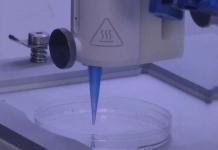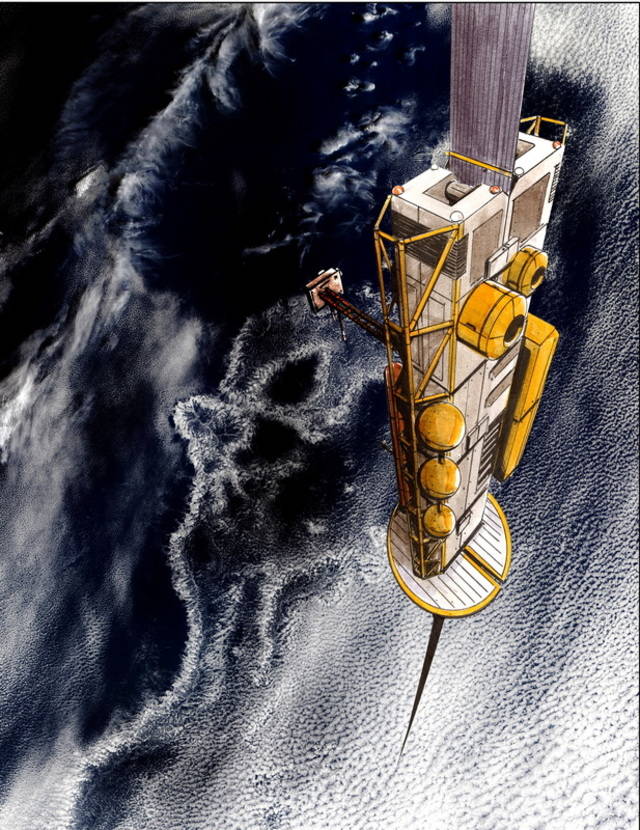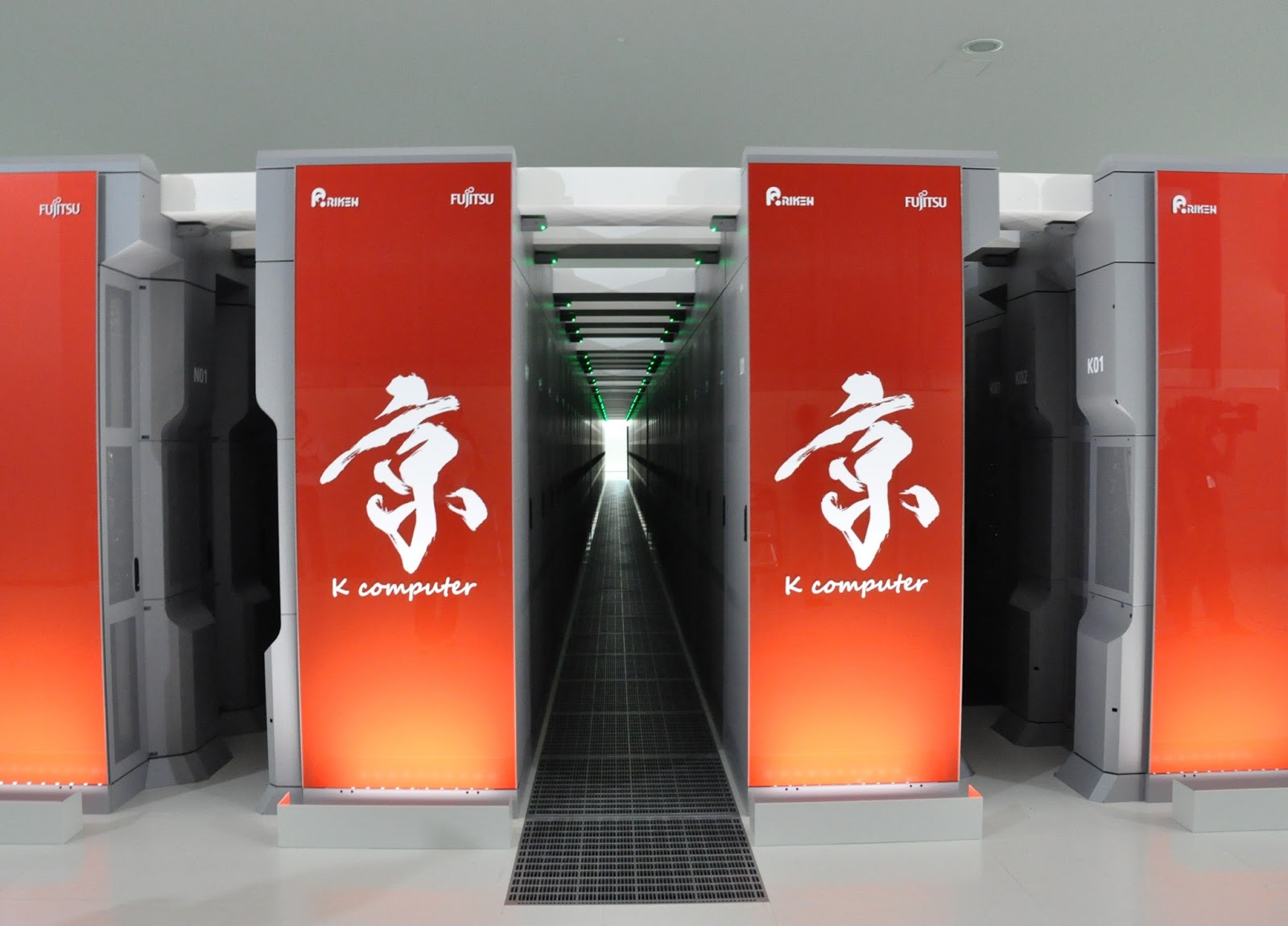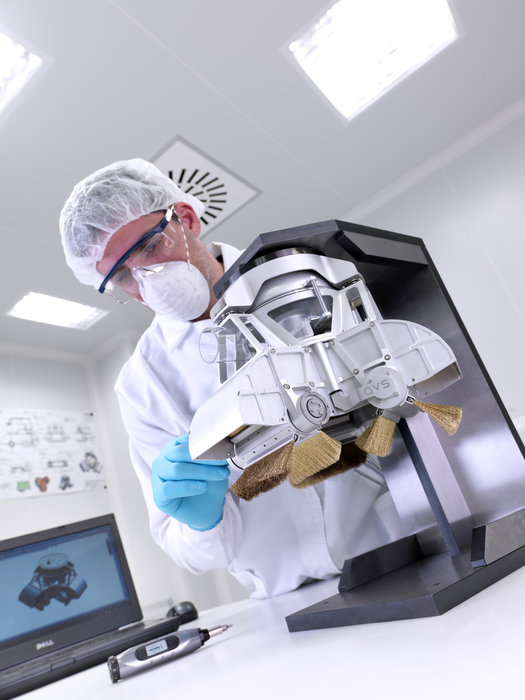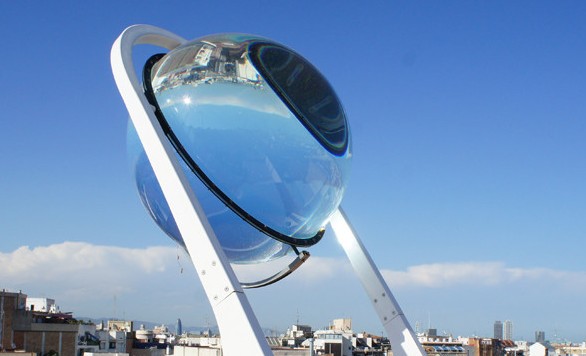The prosthetic arm developed by DARPA is capable of moving, and also of sensing, much like Luke Skywalker’s bionic hand from Star Wars Episode V: The Empire Strikes Back.
DARPA (Defense Advanced Research Projects Agency) is better known for building robots for military applications, but this prosthetic arm is clear proof that the agency also has some interest in medical research and in making life better for some unlucky humans. The flat interface nerve electrode (FINE) system which enables amputees to move their prosthetic arms and feel whatever they touch was made by CWRU (Case Western Reserve University) researchers as part of DARPA’s Reliable Neural-Interface Technology (RE-NET) program.
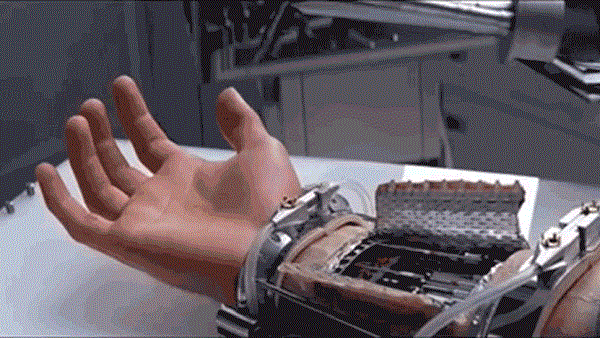
Let’s be clear, the concept behind DARPA’s prosthetic arm is anything but new. However, knowing that this particular “bionic hand” comes from this agency, it has somehow greater chances of becoming real. The aforementioned DARPA program researches the viability and longevity of brain interfaces and their accompanying peripherals. CWRU’s FINE system makes use of whatever nerves were left intact after amputating the arm. These nerves intertwine with the FINE system with the unique goal of providing sensory feedback.
[youtube http://www.youtube.com/watch?v=-u8KkvZvVVI&w=600&h=338]
Researchers at Rehabilitation Institute of Chicago, who also have a program under DARPA’s RE-NET, had a different approach to the problem, as seen in the following video. Their interface relies on targeted muscle re-innervation (TMR), which implies connecting the nerves of the amputated limb to the remaining muscles.
[youtube http://www.youtube.com/watch?v=rpLzLduBGhU&w=600&h=450]
DARPA claims that its RE-NET program will run till 2016. With so many different approaches, chances are great that at least one of them will be commercially available sometime in the foreseeable future.
Regardless of the solution that they’ll pick, the ones unlucky enough to lose a limb will be able to start a new life after using one of DARPA’s prosthetic arms. Sensory feedback is essential for interacting with the surrounding world, and some don’t realize how important it is until they lose it.
As a bonus, such a prosthetic arm would make people look like Luke Skywalker, who himself lost his right hand in Star Wars Episode V: The Empire Strikes Back. DARPA’s projects bring us closer to what seemed like science-fiction 30 years ago, so maybe hoping that lightsabers will be developed in the near future is not that far-fetched.
If you liked this post, please check this smartphone dock built into prosthetic arm and this demo of a real bionic hand.

